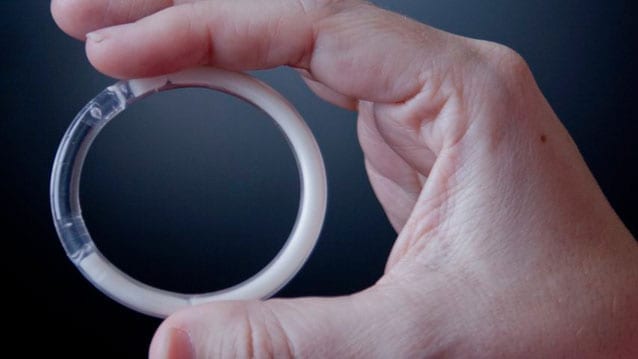
Their approach promises a permanent cure and potential for protection against HIV
The HIV-1 virus has proved to be tenacious, inserting its genome permanently into its victims’ DNA, forcing patients to take a lifelong drug regimen to control the virus and prevent a fresh attack. Now, a team of Temple University School of Medicine researchers has designed a way to snip out the integrated HIV-1 genes for good.
“This is one important step on the path toward a permanent cure for AIDS,” says Kamel Khalili, PhD, Professor and Chair of the Department of Neuroscience at Temple. Khalili and his colleague, Wenhui Hu, MD, PhD, Associate Professor of Neuroscience at Temple, led the work which marks the first successful attempt to eliminate latent HIV-1 virus from human cells. “It’s an exciting discovery, but it’s not yet ready to go into the clinic. It’s a proof of concept that we’re moving in the right direction,” added Dr. Khalili, who is also Director of the Center for Neurovirology and Director of the Comprehensive NeuroAIDS Center at Temple.
In a study published July 21 by the Proceedings of the National Academy of Sciences, Khalili and colleagues detail how they created molecular tools to delete the HIV-1 proviral DNA. When deployed, a combination of a DNA-snipping enzyme called a nuclease and a targeting strand of RNA called a guide RNA (gRNA) hunt down the viral genome and excise the HIV-1 DNA. From there, the cell’s gene repair machinery takes over, soldering the loose ends of the genome back together – resulting in virus-free cells.
“Since HIV-1 is never cleared by the immune system, removal of the virus is required in order to cure the disease,” says Khalili, whose research focuses on the neuropathogenesis of viral infections. The same technique could theoretically be used against a variety of viruses, he says.
The research shows that these molecular tools also hold promise as a therapeutic vaccine; cells armed with the nuclease-RNA combination proved impervious to HIV infection.
Worldwide, more than 33 million people have HIV, including more than 1 million in the United States. Every year, another 50,000 Americans contract the virus, according to the U.S. Centers for Disease Control and Prevention.
Read more . . .
The Latest on: HIV
[google_news title=”” keyword=”HIV” num_posts=”10″ blurb_length=”0″ show_thumb=”left”]
via Google News
The Latest on: HIV
- International Nurses Day shines a light on Mpumalanga's nurses fighting HIV for community health equityon May 9, 2024 at 1:15 am
Nurses do much more than just take care of physical health, particularly when it comes to fighting HIV in rural areas.
- Mendocino County officials warn of HIV, syphilis circulatingon May 8, 2024 at 10:18 pm
Mendocino County health officials warned residents this week that HIV and syphilis are circulating among the local population.
- Global HIV Diagnostics Market Poised for Remarkable Growth targeting USD 6.4 Billion by 2032 at a CAGR of 7.9%: Future Market Insights Reporton May 8, 2024 at 8:28 pm
The global HIV diagnostics market is set to experience a significant surge, as projected by the latest report from Future Market Insights. With anticipated growth from USD 3.0 billion in 2022 to an estimated USD 6.
- Controversial scientist says he’ll use gene editing to end HIV & Alzheimer’son May 8, 2024 at 3:12 pm
Right now, U.S. law and universal medical ethics state that gene editing should only be used on laboratory animals, in order to test whether the technology might be safe for humans. If He is successful, his research could create a breakthrough for preventing other incurable diseases.
via Bing News










